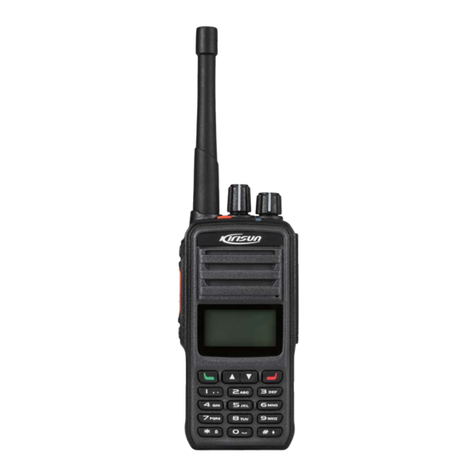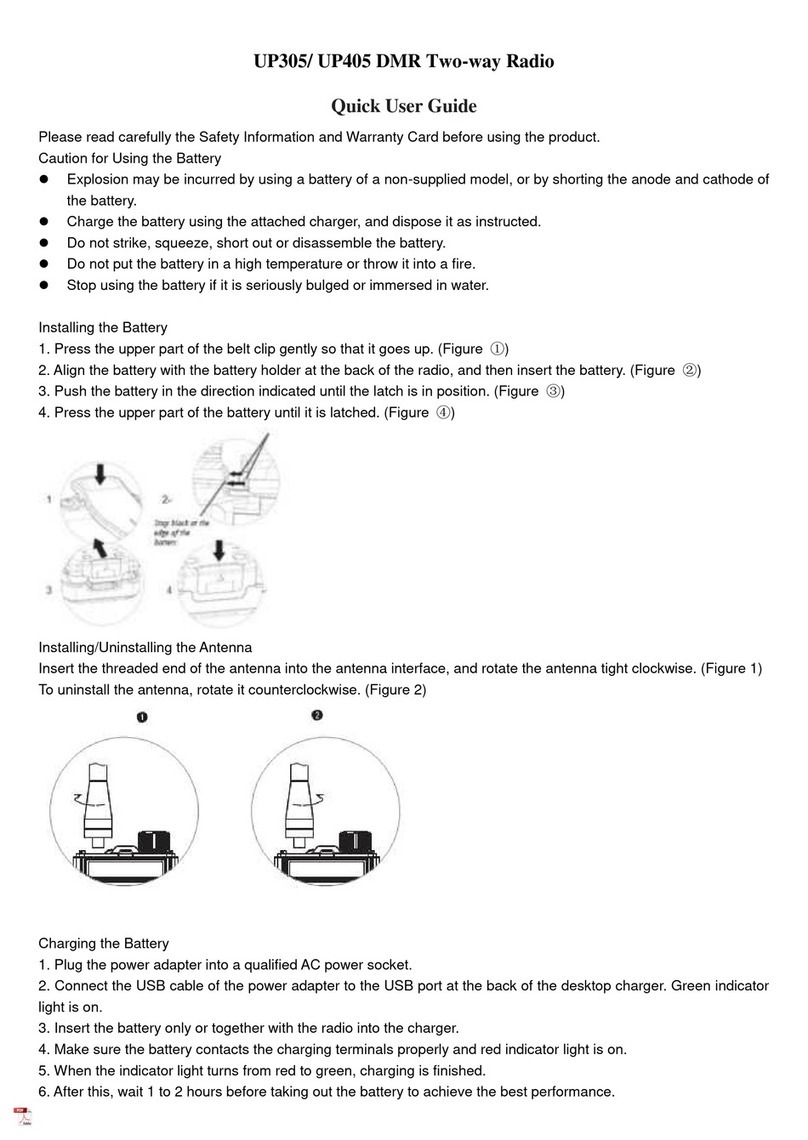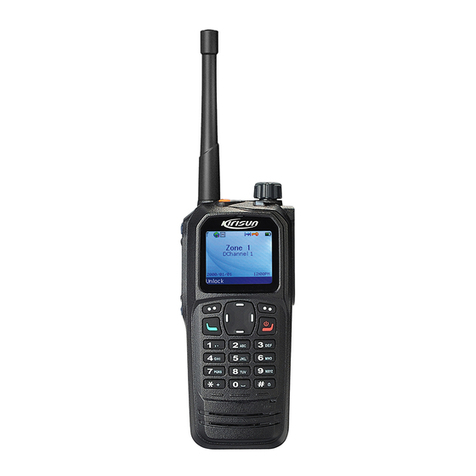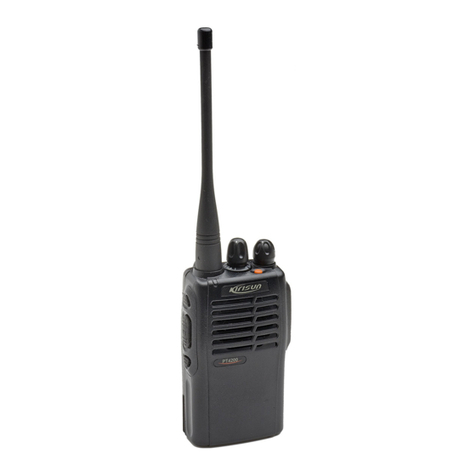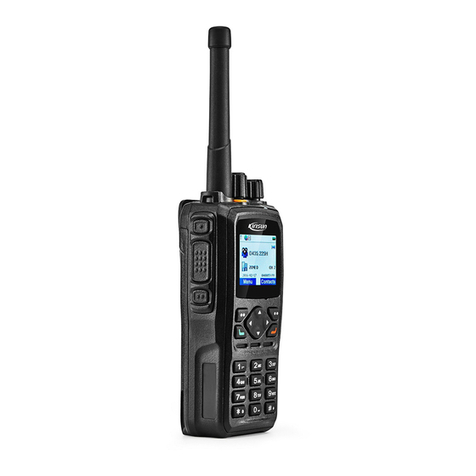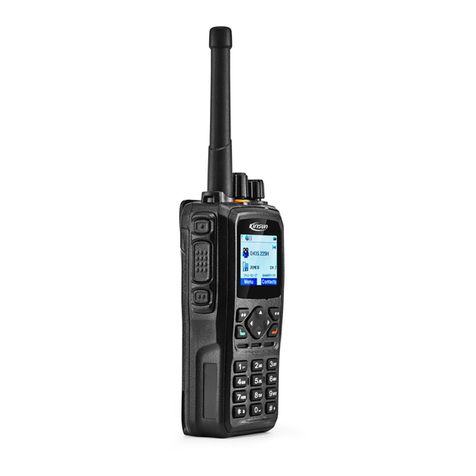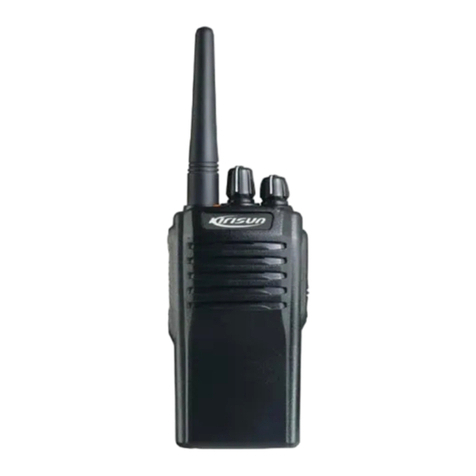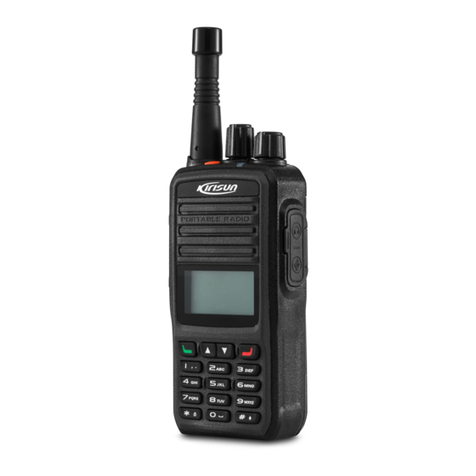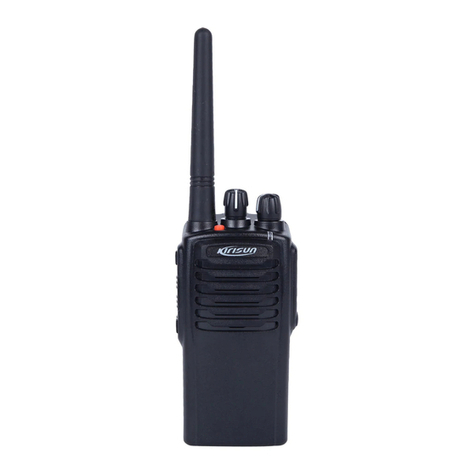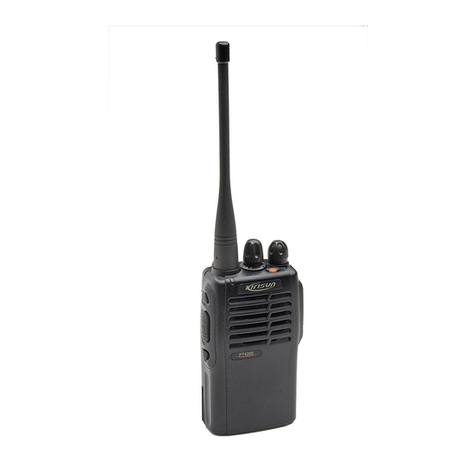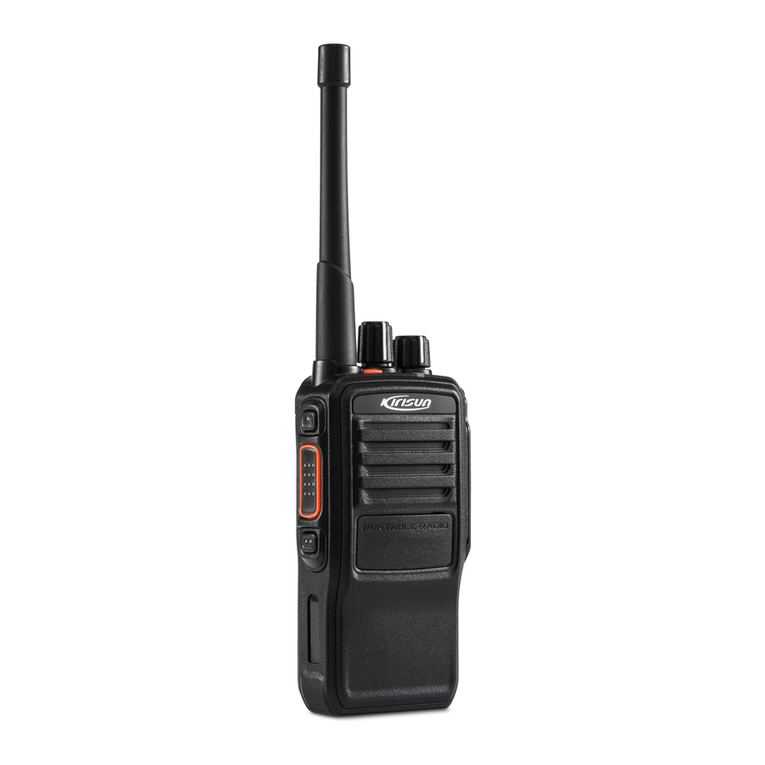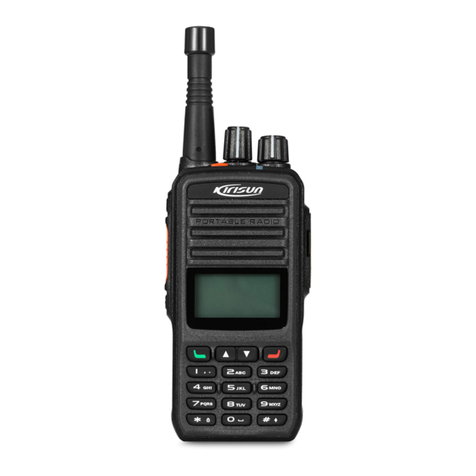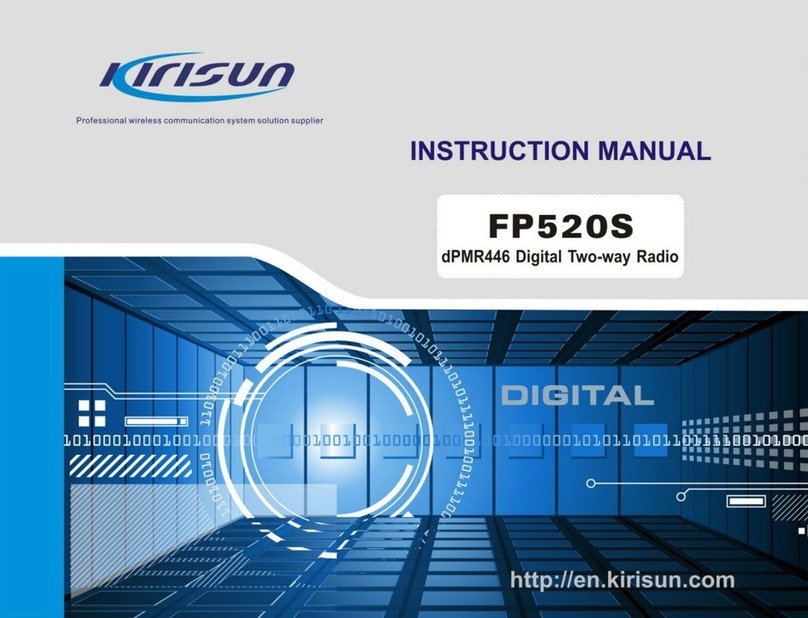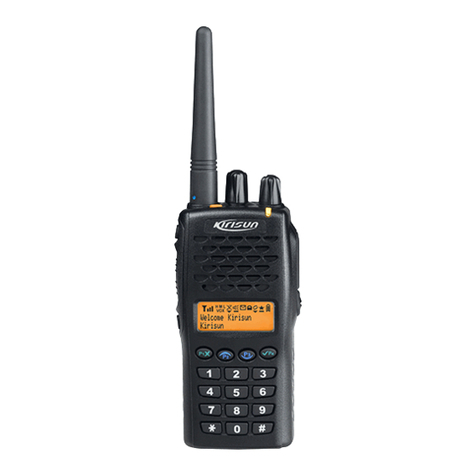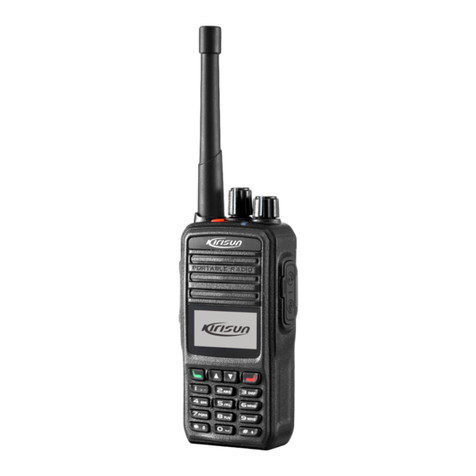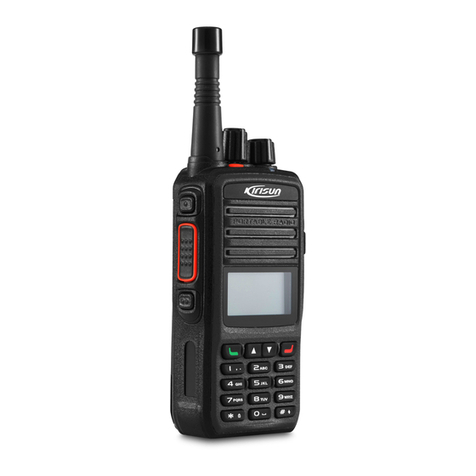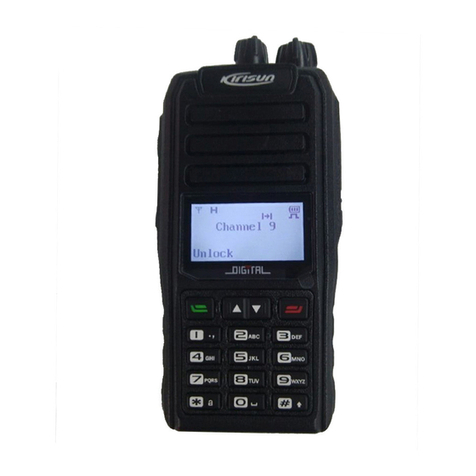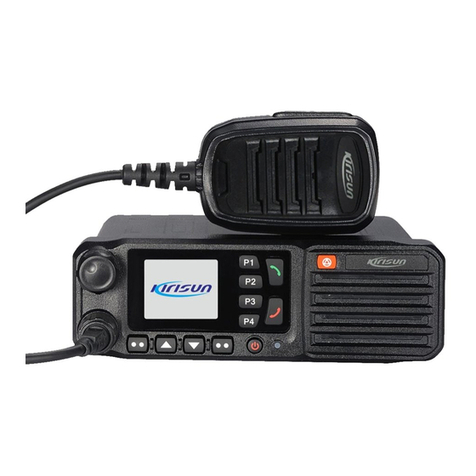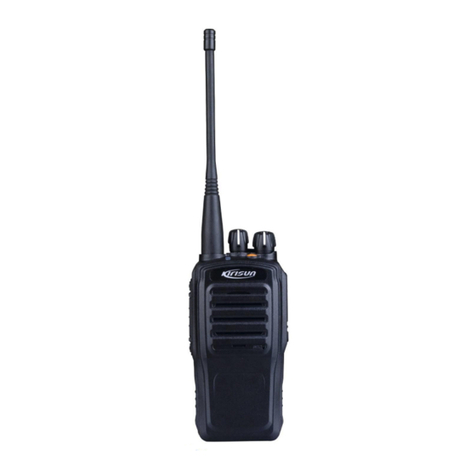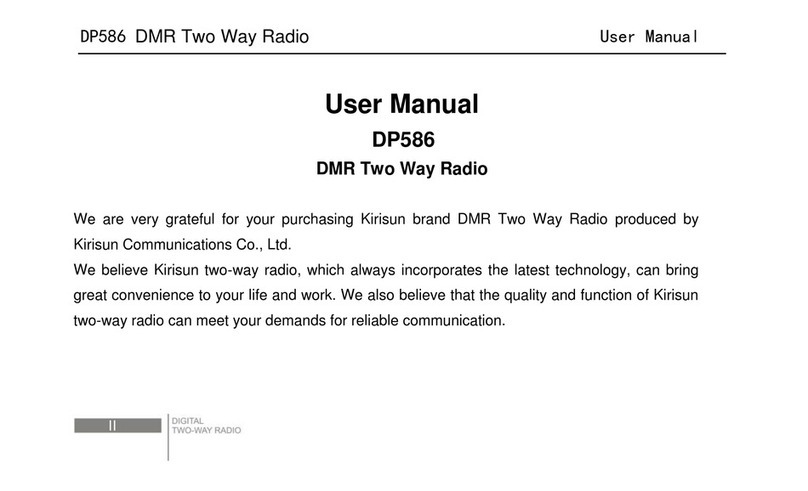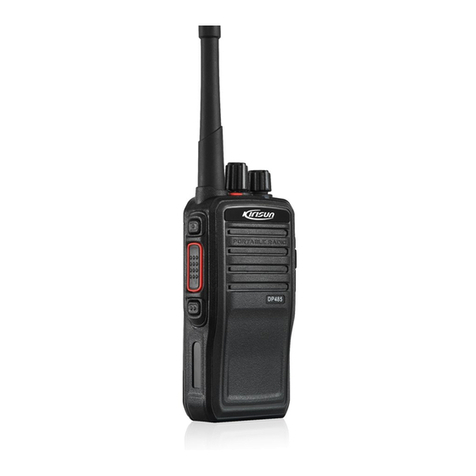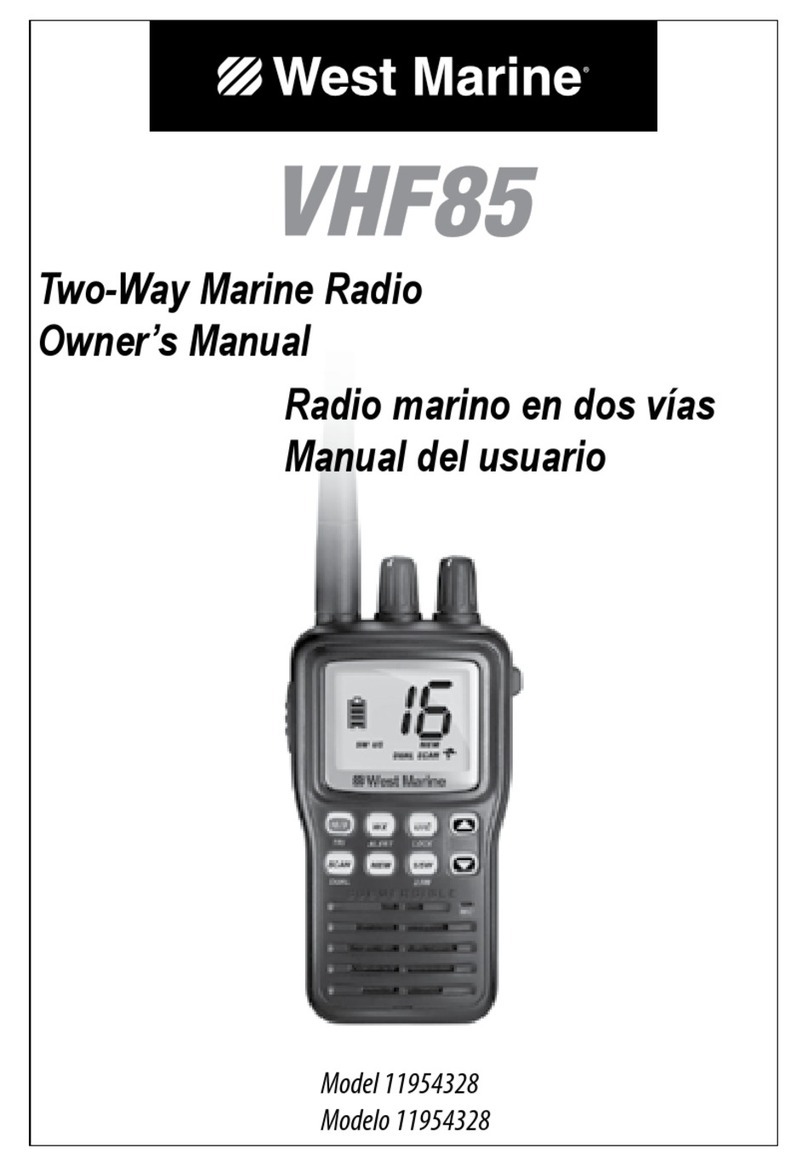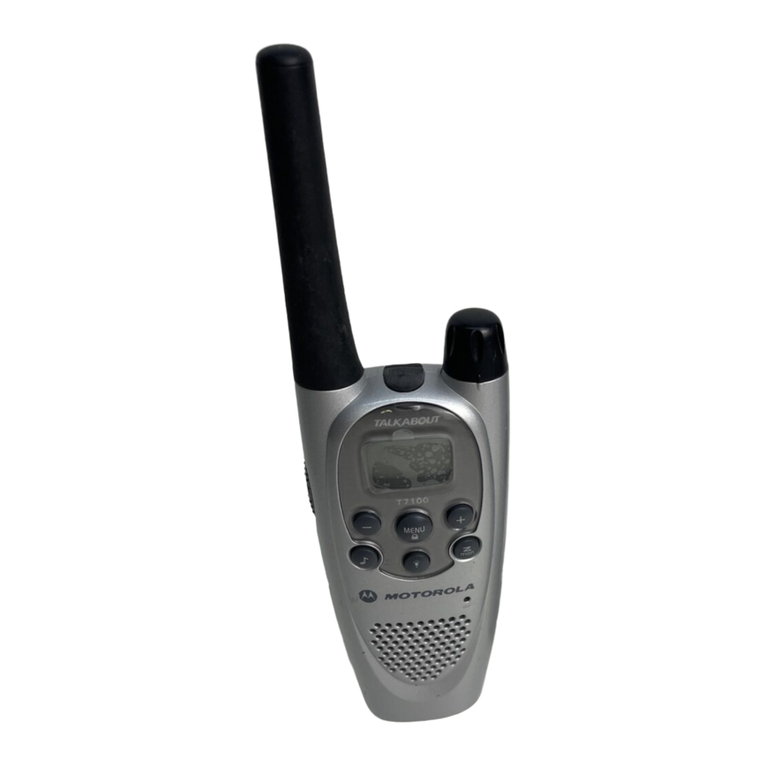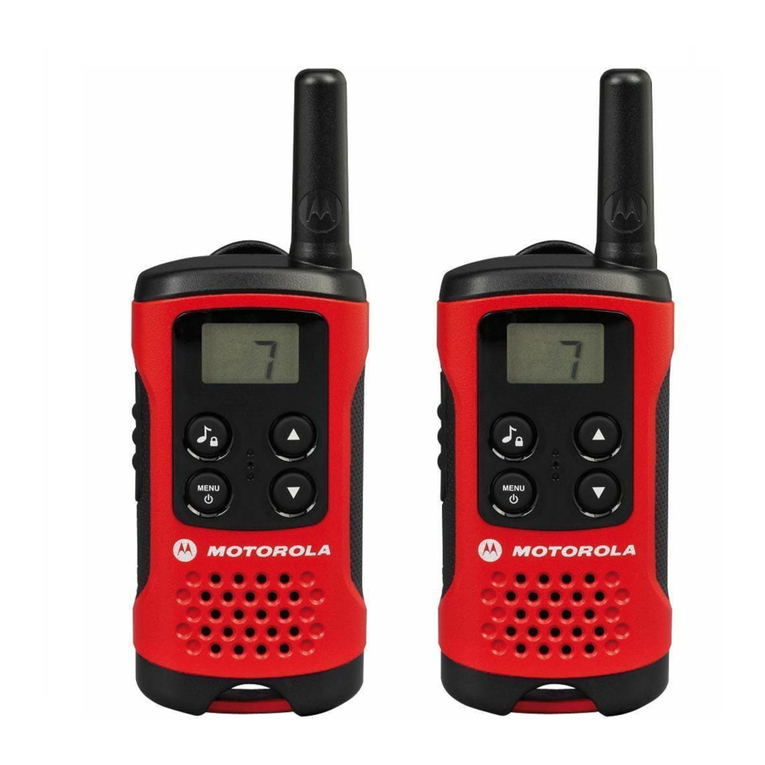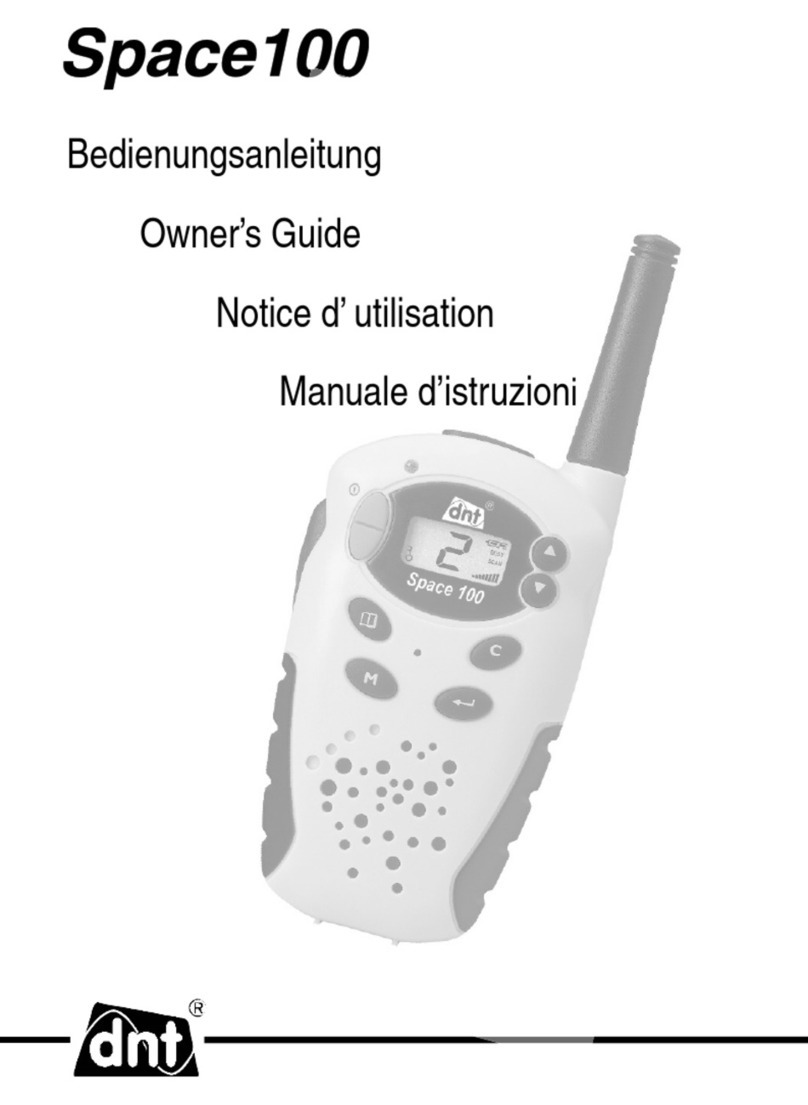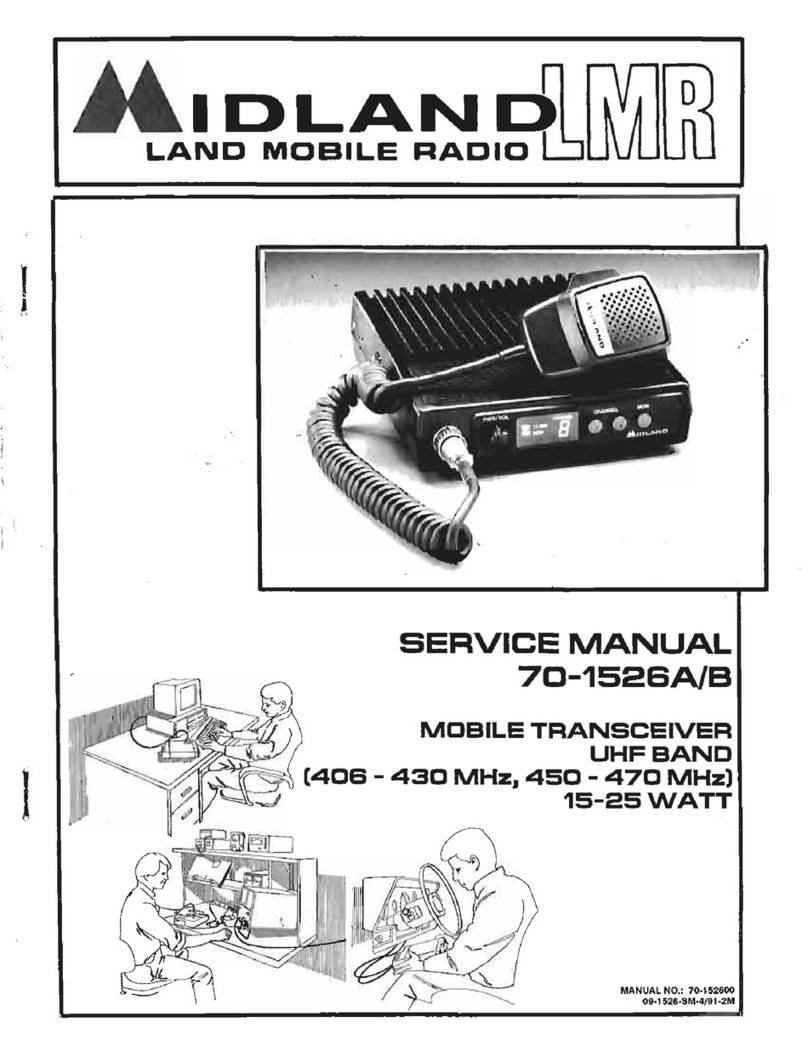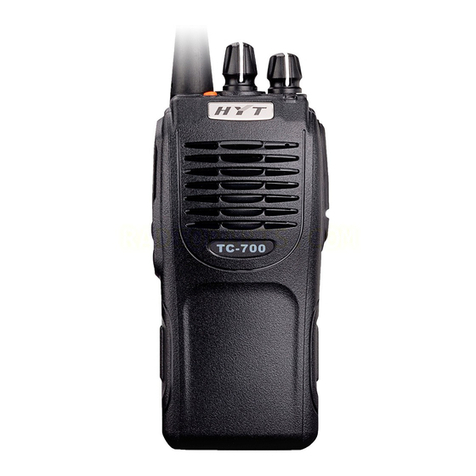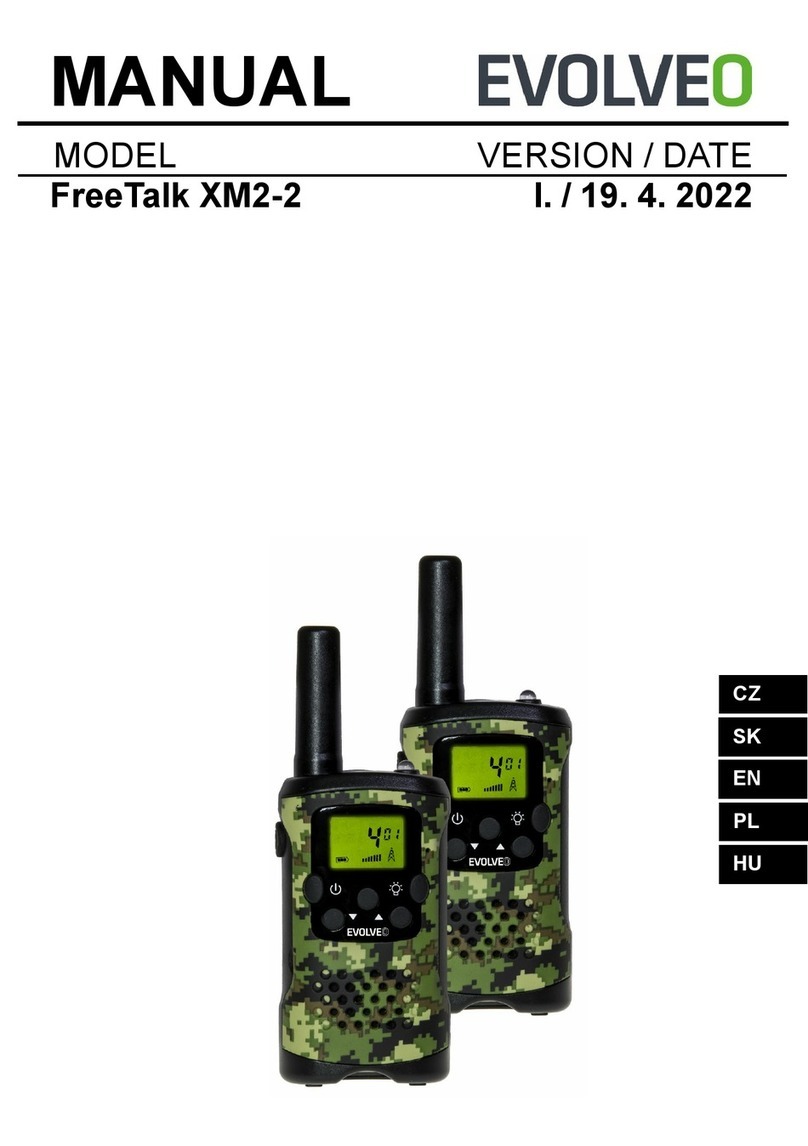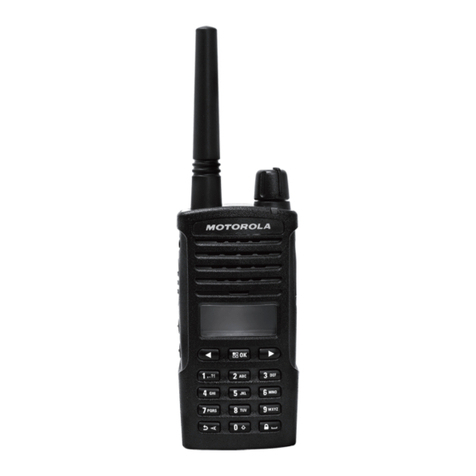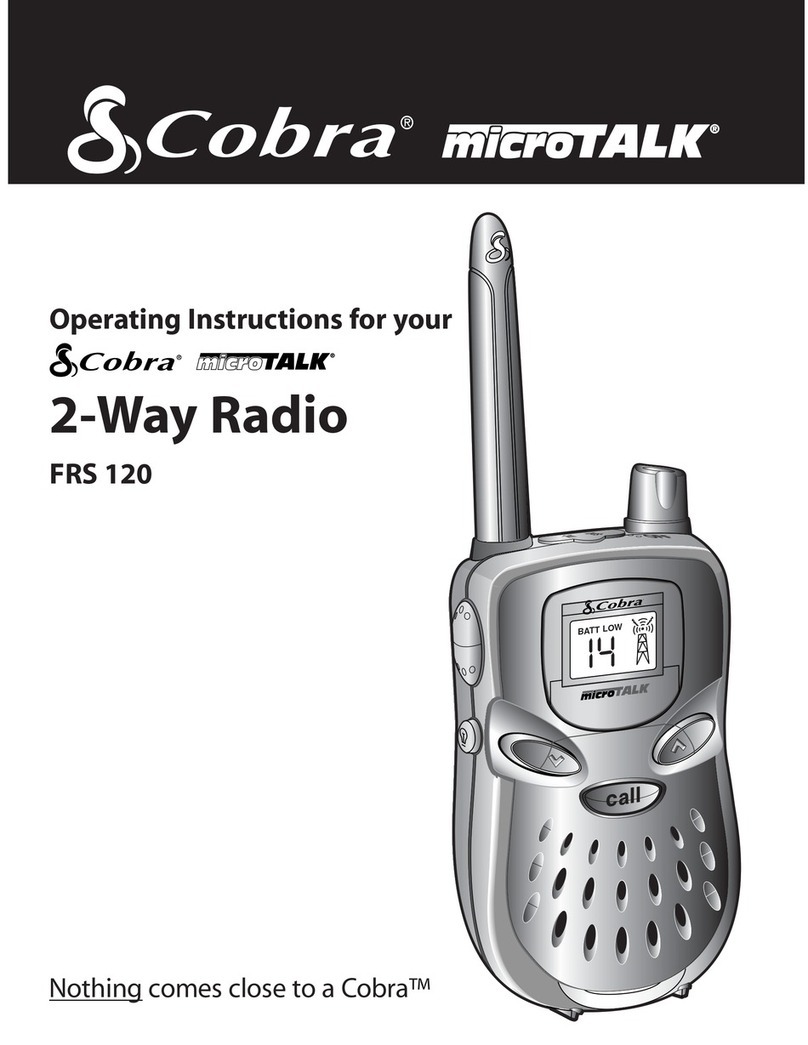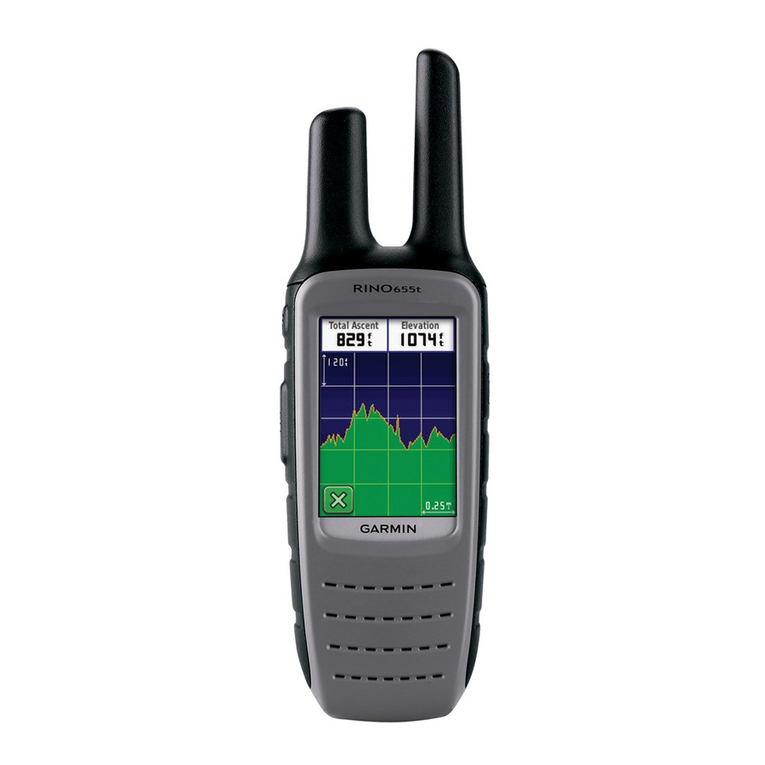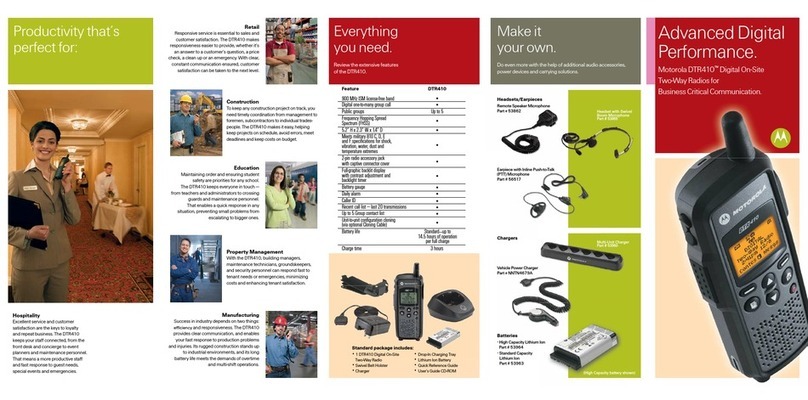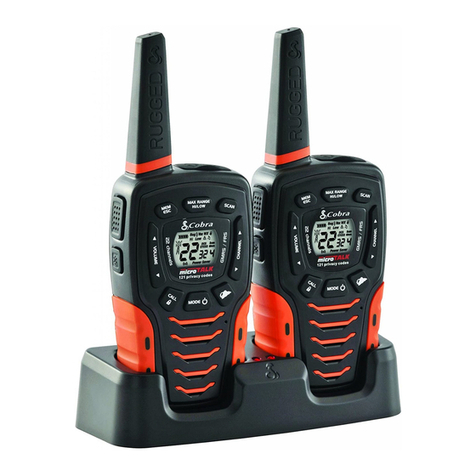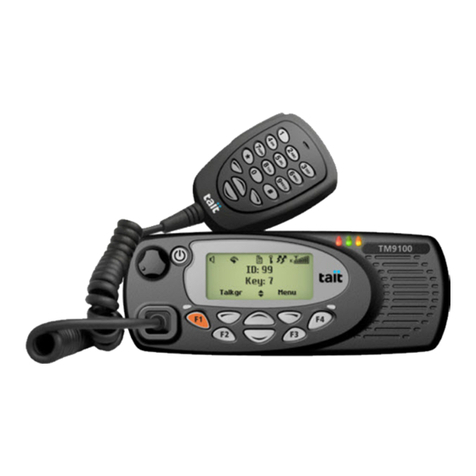
DP485 Service Manual
I
Contents
1.Overview...................................................................................................................................................... 1
1.1. Range of Application.............................................................................................................................. 1
1.2. Safety Precaution .................................................................................................................................. 1
1.3. Maintenance Service.............................................................................................................................1
2.External View and Keys.............................................................................................................................. 2
2.1. External View......................................................................................................................................... 2
2.2. Programmable Keys..............................................................................................................................3
2.3. LED Indicator......................................................................................................................................... 4
3.Basic Operation .......................................................................................................................................... 5
3.1. Powering On/Off....................................................................................................................................5
3.2. Selecting a Channel...............................................................................................................................5
3.3. Adjusting Volume...................................................................................................................................5
3.4. Initiating a Call.......................................................................................................................................5
3.5. Receiving a Call..................................................................................................................................... 5
3.6. Calling Back........................................................................................................................................... 5
4.Circuit Description...................................................................................................................................... 6
4.1. Circuit Diagram of Main Board .............................................................................................................. 6
4.2. RF Circuit Diagram................................................................................................................................ 6
4.3. Baseband Circuit Diagram.....................................................................................................................7
4.4. TX Circuit............................................................................................................................................... 7
4.5. RX Circuit............................................................................................................................................... 8
4.6. Power Section........................................................................................................................................8
4.7. IC Description........................................................................................................................................9
4.7.1. Features of AT1846S...................................................................................................................... 9
4.7.2. Port Description of AT1846S........................................................................................................10
4.7.3. Port Description of Master Chip HS8851......................................................................................11
4.7.4. Feature Description of Semiconductor Devices...........................................................................15
5.Feature Description and Parameter Setting .......................................................................................... 15
5.1. Stun, Revive and Remote Monitor ......................................................................................................15
5.2. Scan.....................................................................................................................................................16
5.3. Zones................................................................................................................................................... 16
5.4. Setting.................................................................................................................................................. 16
5.5. TOT (Time-Out-Timer)......................................................................................................................... 17
5.6. EmergencyAlarm ................................................................................................................................ 17
5.7. Settings................................................................................................................................................18
5.8. Upgrade...............................................................................................................................................19
6.Assembly and Disassembly .................................................................................................................... 20
6.1. Installing and Uninstalling the Battery.................................................................................................20
6.2. Installing and Uninstalling the Antenna...............................................................................................21
6.3. Installing and Uninstalling Belt Clip.....................................................................................................22
6.4. Using an Earphone..............................................................................................................................22
6.5. Detaching Shell from the Base............................................................................................................23
6.6. Detaching Main Board from the Base .................................................................................................23
6.7. Explosion Diagram...............................................................................................................................24
